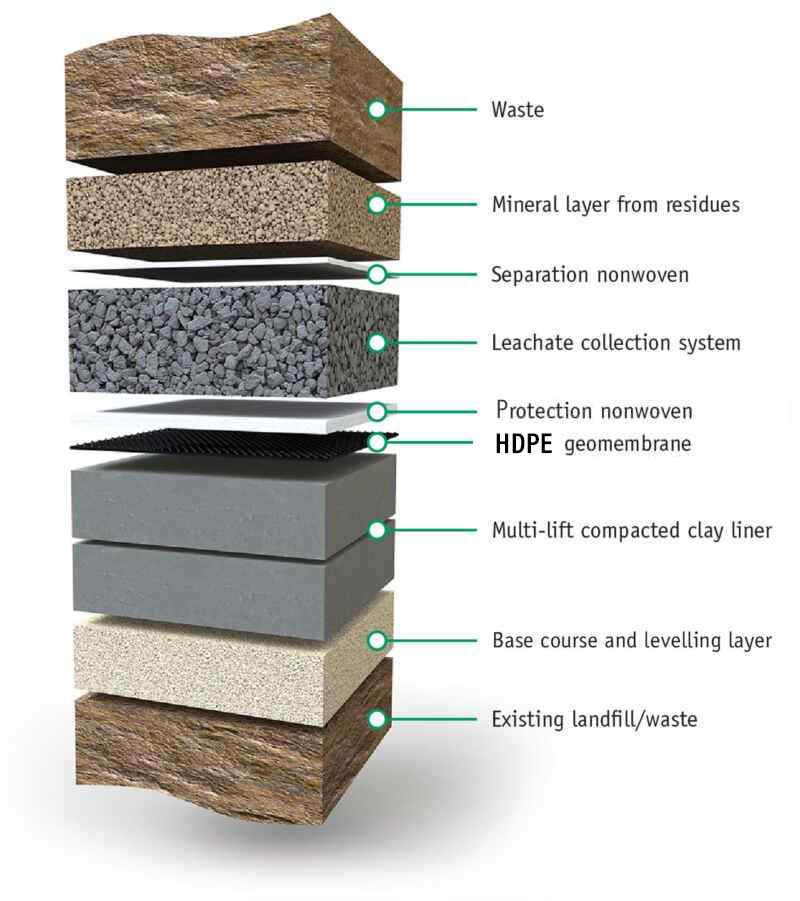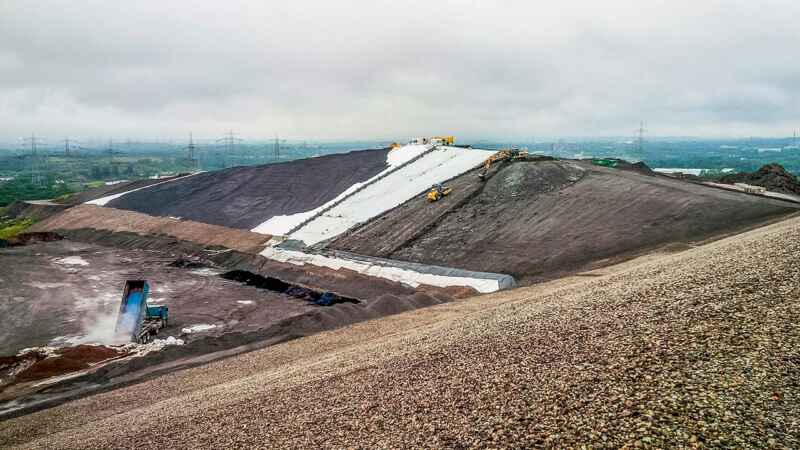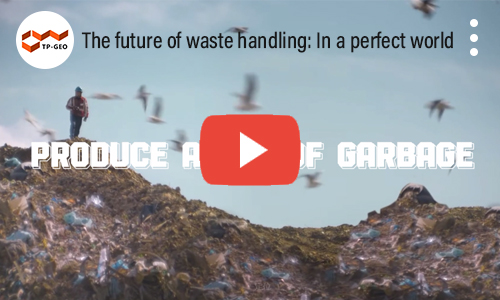
| Landfill solutions comply with regulations |
| Regulatory agencies around the world have long accepted geosynthetics as an alternative design solution or have outright required their use in certain applications. The waste management sector has benefited more than any other sectors, through the requirement to use geosynthetics in municipal solid waste containment and closure systems. Europe, Germany and the United States provide exemplary cases for the incorporation of geosynthetics into environmental regulations to prevent or reduce as much as possible, any negative impact from landfilling on surface water, groundwater, soil, air or human health. This is achieved by introducing stringent technical requirements. |
An intermediate seal separates adjacent landfill cells | |
An intermediate seal is required if a new storage cell is raised or extended laterally. It is used when the landfill, to be abutted, does not have a sufficient seal to serve as base or an appropriate fill due to differing landfill classifications between the neighbouring cells. Thus, the intermediate seal can serve upper or closure layer of one cell and simultaneously, the base seal for the next. Intermediate seals are not clearly described in most landfill regulations, so permitting authorities often call for typical base liner requirements. Historically, zoning decisions in municipal solid waste landfills have been issued in which the intermediate sealing should be constructed with the current state of the art barriers, e.g. with an approved geosynthetic clay liner (GCL) serving in place of a traditional mineral seal in combination with an approved geomembrane. The advantages of this approach are clear: the geosynthetic barrier system is signifi cantly easier to install and takes up less landfill space than a conventional mineral seal (e.g., conventional compacted clay or largescale ground improvement methods). Furthermore, the flexibility of geosynthetic barriers enables them to adapt to the sitespecific conditions and far greater strain acceptance in settlement. Geosynthetics save considerable time and money here, reduce the need for soil and aggregate harvesting and disturbance and greatly reduce transport cost for site materials (as geosynthetics require far fewer truckloads than heavy aggregates). Also, geosynthetic layers, in being substantially thinner, open up revenue-generating airspace for a landfill. |  |
Barrier systems | |
 | HDPE geomembranes are used with BAM approval or other national approvals in Class 1-rated landfills (inert waste) as the sole sealing element. This geomembrane meets the stringent chemical and physical requirements that are necessary for a safe, long-life-designed landfill. The surface of geomembrane is smooth (for slopes up to about 1:9) or homogeneously structured/textured (for steeper slopes). This solution provides a strong barrier against rainwater infiltration and methane migration. |
| VIDEOS |
 |
Request Info or Get a Quote We welcome the opportunity to work with you on your next infrastructure project. Send us a message, and our team will get back to you promptl |
 |